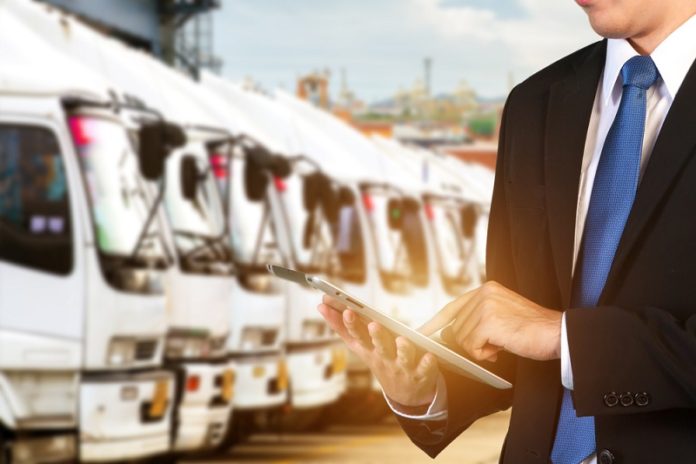The past decade has seen a steady growth in e-commerce and last mile delivery thanks to disruptive technologies and consumers demanding a greater level of convenience. Following the Covid-19 pandemic and subsequent lockdown, this steady growth gave way to a chaotic explosion in demand as people turned to their devices to order for everything from essentials to extras. Business operating delivery fleets capitalized on this opportunity and those without the capacity invested heavily in creating and expanding their fleets. Now, as restrictions ease, and the number of vaccinated people rise, business owners can’t help but ponder on the future of their fleet.
Future of the fleet
Despite an increasing number of people getting back to shopping malls and physical stores, studies show that the e-commerce boom experienced during lockdown is here to stay. E-commerce sales worldwide are actually expected to continue growing. Reports reveal that 10%-20% of the gains made in last mile deliveries will persist after the pandemic.
Climate change awareness among consumers has accelerated in recent years. Cities have ramped up efforts towards de-carbonization of last-mile deliveries. Such efforts include tightening environmental legislation to pressure fleet managers to phase out internal combustion engines in favor of electric fleets.
Competition from disruptive technologies like delivery robots and drones will continue to rise. Proven technologies have already begun to scale up in what is being referred to as the last-mile revolution. As the cost of these technologies decreases and adoption increases, fleet owners will have to adapt.
Benefits of having a fleet
The meteoric rise of e-commerce in the past decade has made the fleet management industry very lucrative. The benefits your business can reap from having a fleet for your shipping needs include:
- Complete control of the business
- Guaranteed capacity always
- Direct impact on customer service
- Ability to customize fleet according to need
- Advertising and brand recognition
Fleet management challenges and solutions
Fleet management challenges come in many forms especially in today’s constantly evolving industry. Solving these challenges is critical for any business looking to take advantage of the rising demand in last mile delivery services. These challenges include:
- Driver shortages: Driver shortage has been a major concern throughout the past decade even before it was exacerbated by the pandemic. This has been mainly due to stagnation of new driver applicants even as demand for freight transport increases.
- Fuel costs: Depending on the type of vehicles in your fleet, fluctuations in fuel prices can have a major impact on your business’s bottom line. Having your maintenance team monitor fluctuating fuel usage and resolve arising issues is the best way to handle this problem.
- When your workers are on the go, ensuring their timesheets, schedules and pay are aligned can be a major challenge. Invest in a time card application that allows you to maintain proper records and keep your people moving throughout the day. With the right software, you maintain productivity, transparency and communication, easily and effectively.
Solutions to fleet management challenges include:
- Route optimization: Using technology to track the location of fleet vehicles, identify the most suitable vehicle to dispatch to a call and the best route to follow is valuable in optimizing fleet performance.
- Internet of Things (IoT): IoT has made it possible to track vehicle data including service history and compliance records and schedule preventive maintenance. This has helped streamline the maintenance process consequently maximizing the fleet’s lifespan
Setting up an online storefront to boost customer orders
Setting up an online store is how you improve sales and make the most out of your expanded fleet. An e-commerce platform like Shopify gives you direct access to millions of potential customers online. A Shopify freelancer developer can help you set-up your online store including adding images of your products, customizing your store’s theme, managing customer orders and tracking user analytics.
In conclusion
The demand for e-commerce and last-mile delivery services will continue rising. This rise will result in the continued growth of both industries. To tackle the rise in emissions and traffic congestion, drastic changes are to be expected moving forward. Fleet owners will have to adapt to such changes which will include transitioning to electric.
Derek Goodman is an entrepreneur. He’d always wanted to make his own future, and he knew growing his own business was the only way to do that. He created his site Inbizability, to offer you tips, tricks, and resources so that you realize your business ability and potential now, not later.
Fleet stock photo by MOLPIX/Shutterstock







